Toys R Us was very late to the e-commerce party at the turn of the millennium. To compensate for their outright short sightedness, they made a deal with what may have been the devil. In early 2000 Toys R Us signed a 10-year contract to be the exclusive vendor of toys on Amazon instead of investing in its own e-commerce platform. After the agreement ended, amazingly, Toys R Us was unsuccessful in implementing an in-house e-commerce presence. This coupled with over-dependence on a single vendor, a scary scenario, and draining debt servicing spelled eventual doom for one of the nation’s largest toy retailers.
Read More
Topics:
Shipping News,
Logistics News,
Industry Trends
Buoyed by surging demand, LTL carriers are revving up for a strong 2018, warning that tightening capacity means sharply higher rates in what is anticipated to be possibly the highest demand market in a dozen years. It is a generally unanimous feeling among Logistics market analysts that the current environment of consistently steady industrial and retail demand, the tightening of overall trucking capacity throughout the industry, and LTL’s special operational niche all are factors in creating the perfect storm of premium price points and strong demand.
Read More
Topics:
Third Party Logistics,
Logistics Business,
Logistics News
The exponential growth of e-commerce is fueling significant changes in Logistics from order fulfillment to packaging protocol, line haul and final mile delivery. And the demand will only go one direction...directly north. To be prepared for what is to come, logistics managers need to think in terms of systems that they can leverage today to make processes more efficient, while also anticipating the longer-term developments that will reshape tomorrow’s possibilities. It's an exciting, yet challenging, time to be in the logistics business. There is much planning to be done. Keeping up with the trends will help logistics professionals keep pace with current demand while making informed decisions on everything involved in your organizations e-commerce supply chain strategy to meet future demand.
Read More
Topics:
Logistics Business,
Logistics News,
Industry Trends
The robotics market serving logistics and transportation companies is primed for rapid growth over the next five years. There is a myriad of routine, repetitive tasks common to warehouse and distribution systems that are well suited to robotic technology. Much of today's warehouses are manually operated, meaning they have little or no automation support.
Read More
Topics:
Logistics Business,
Shipping News,
Logistics News,
Technology
Walmart released fourth quarter earnings on Feb. 20 and the results were less than expected. By mid-afternoon, the company was on track for its worst point drop in history as a publicly traded company. Walmart’s overall e-commerce sales slowed considerably in Q4 2017, increasing 23% in the quarter versus a previous increase of 50% in Q3 and 60% in Q2 of 2017. At the same time, quarterly profits sank 28% over the same period a year ago, not the correlative results anyone ever wants to see, so it was no surprise that the market responded in the manner in which it did.
Read More
Topics:
Industry Trends,
Technology
Coming off a strong 4th quarter in 2017 and riding a firm economic wave, demand for transportation services are expected to be strong in 2018. Preliminary estimates released by the government last week showed that the nation’s output increased at an annual rate of 2.6 percent in the final quarter of 2017. Although that performance amounts to less than the optimistic 4 percent annual growth that President Trump has promised, it is further evidence along with a sinking jobless rate and surging consumer confidence, of the economy’s resilience. All these positive trends along with tax breaks and incentives are expected to increase investment and production levels in the U.S. and increase the demand for transportation services.
Read More
Topics:
Reducing Freight Rates,
Shipping News,
Industry Trends
In one of the first reports dealing with detention the U.S. DOT has concluded that time spent detained at shipper or receiver facilities cuts truck driver pay by between $1.1 billion and $1.3 billion annually. An underlying concern is also the effect on driver safety. An extra 15 minutes spent detained beyond the standard two-hour window causes industry crash risk to climb 6.2 percent, the DOT has estimated. That’s an average of about 6,500 additional crashes annually, the report notes.
Read More
Topics:
Supply Chain Management,
Shipping News,
Industry Trends
We Can All Agree
Industry experts agree that costs across all sectors worldwide will continue to rise in 2018, and the most successful shippers will be those that are able to mitigate their impact on profitability. The right technology will play an increasingly vital role in driving efficiencies across the global logistics network.
Read More
Topics:
Supply Chain Management,
Logistics Business,
Shipping News,
Technology
Today's marketplace has generated a paradigm shift in customer demand and expectations. I would argue the millennial started all this "gotta have it now" pattern but it makes no difference from where the demand was generated. There is no going back. I just wonder if it can get any worse. As the saying goes, “adapt or die”, and that is what most companies are doing now. The findings from the “26th Annual Study of Logistics and Transportation Trends” suggest that more companies are realizing that competitors and new business models are shifting customer requirements. Firms like Amazon are departing from traditional business practices, using true supply chain management thinking to blur the boundary between days and think more in hours.
Read More
Topics:
Supply Chain Management,
Transportation News,
Logistics Business,
Industry Trends
Well, it is finally here. The day truckers will be able to get the rates they need without the haggling, so shippers need to be prepared. The trifecta of tightening capacity, increased demand and the ongoing surge on e-commerce deliveries has come in and it will pay big benefits for the trucking industry. Adding to the issue further is the increased cost of trucking equipment. Tractor costs are up sharply due to emission and safety standards. Trailer costs are up due to increased material and labor costs. So, buckle up if you’re an LTL shipper. Truckload shippers won’t fare much better. If that’s not enough, mandatory logging devices are costing large carriers millions of dollars to install and manage.
Read More
Topics:
Transportation News,
Reducing Freight Rates,
Logistics Business,
Logistics News
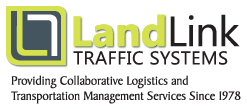

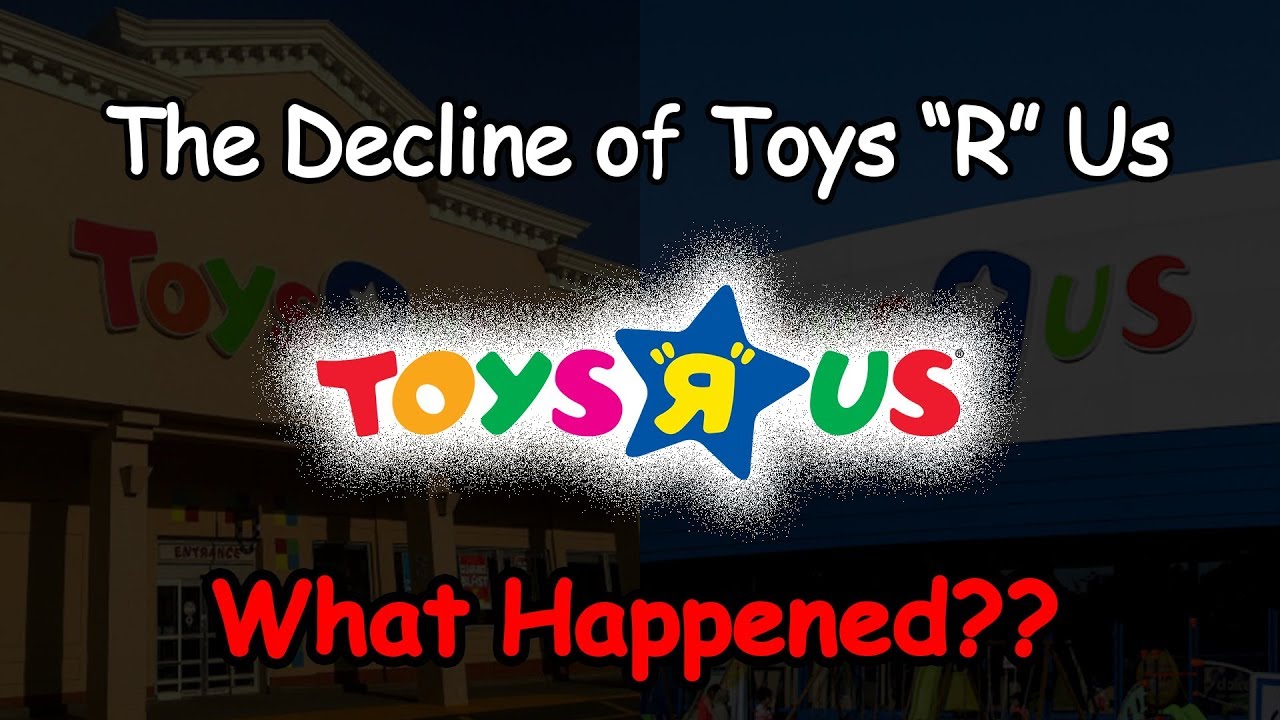
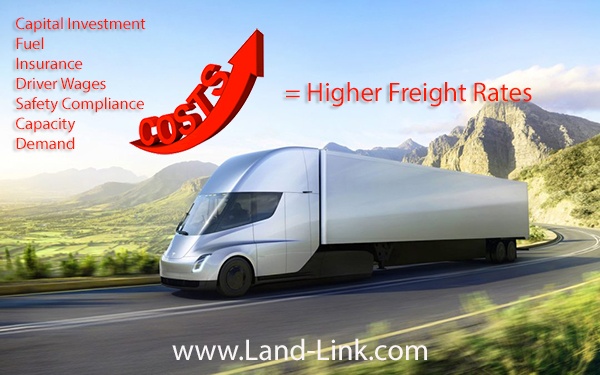



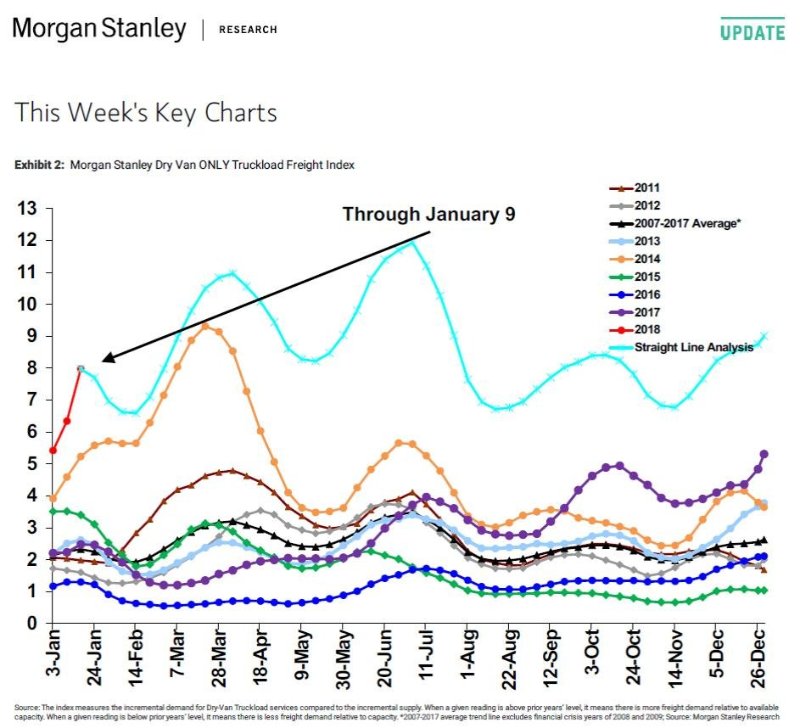
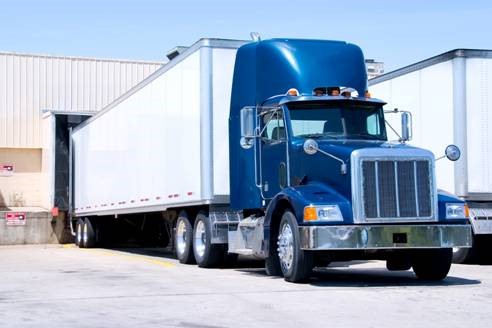

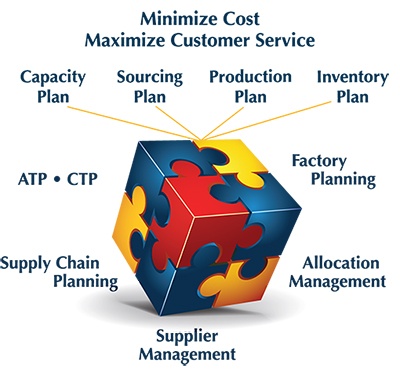
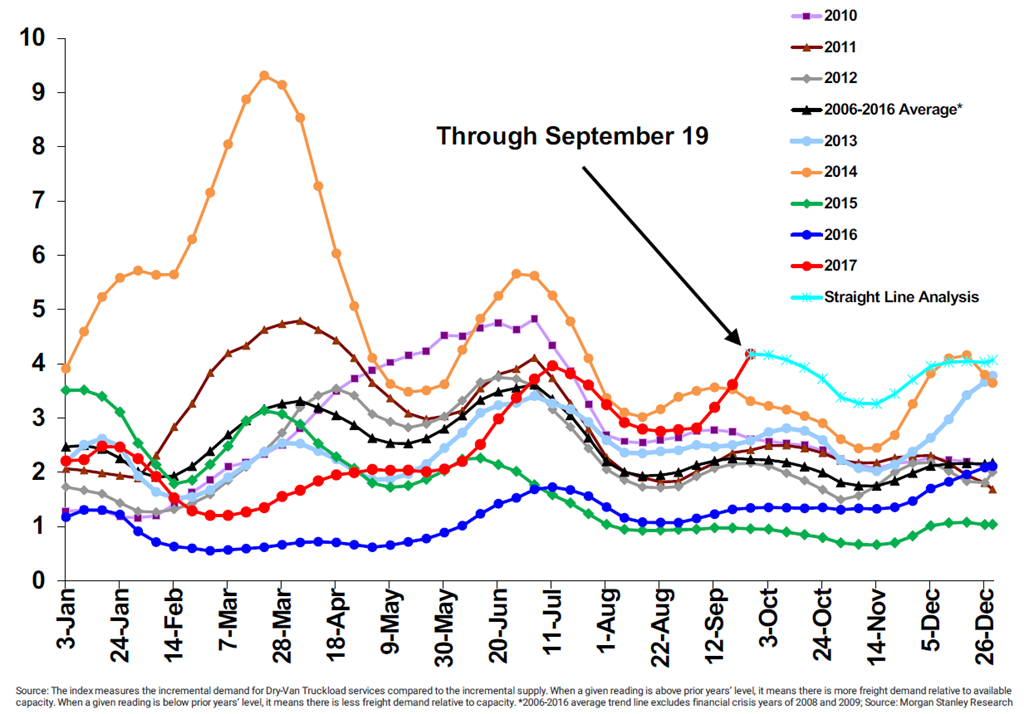
 Land-Link, a well respected professional organization, has been providing its clients with effective transportation and logistics solutions since 1978.
Land-Link, a well respected professional organization, has been providing its clients with effective transportation and logistics solutions since 1978.

